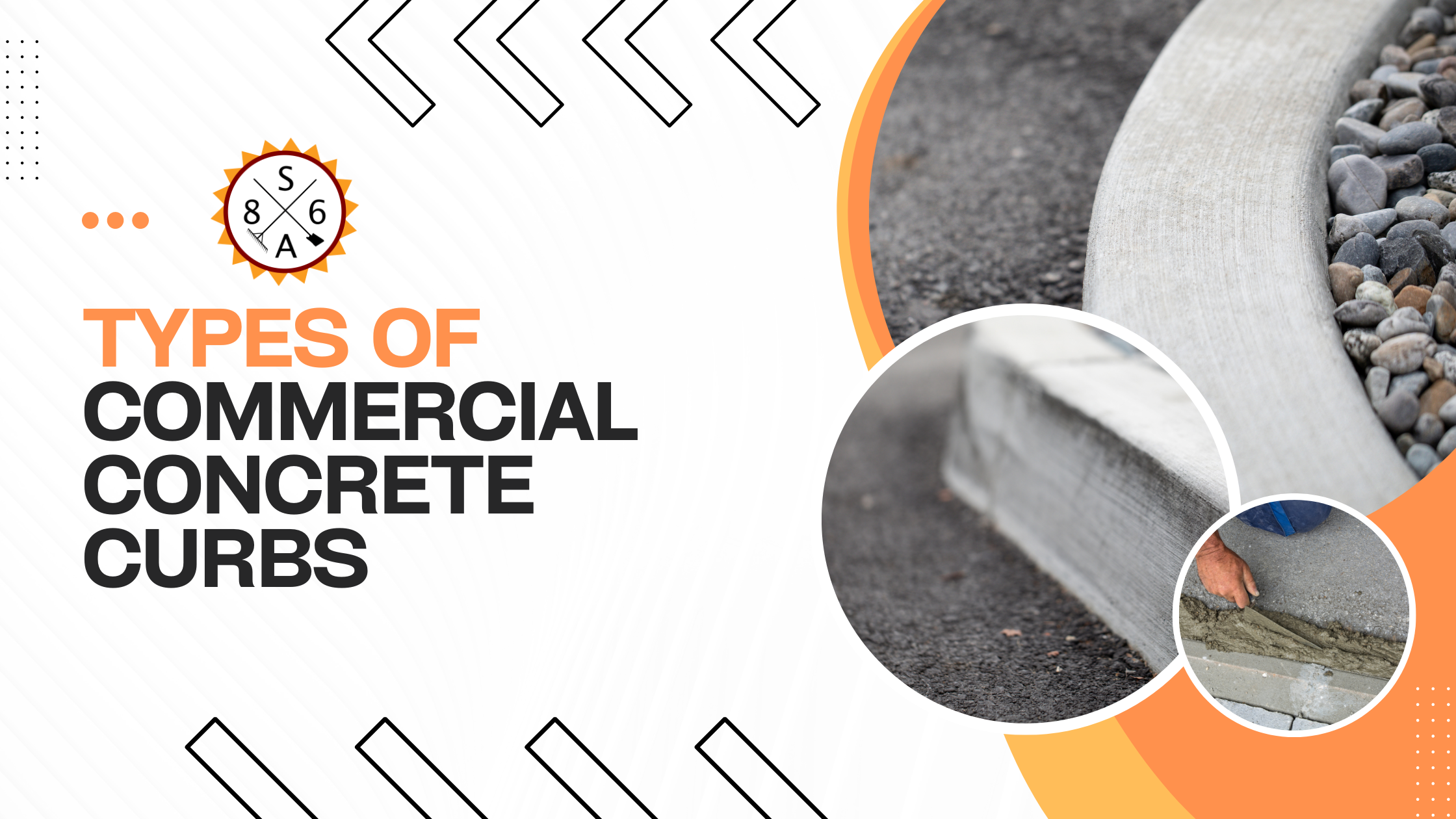
Oct 17, 2022 | Construction
There are three main types of commercial concrete curbs: barrier curbs, decorative curbs, and mountable curbs. These curbs all serve very different purposes, so it is important to know the differences if you need curbs for your business. Creating beautiful and...
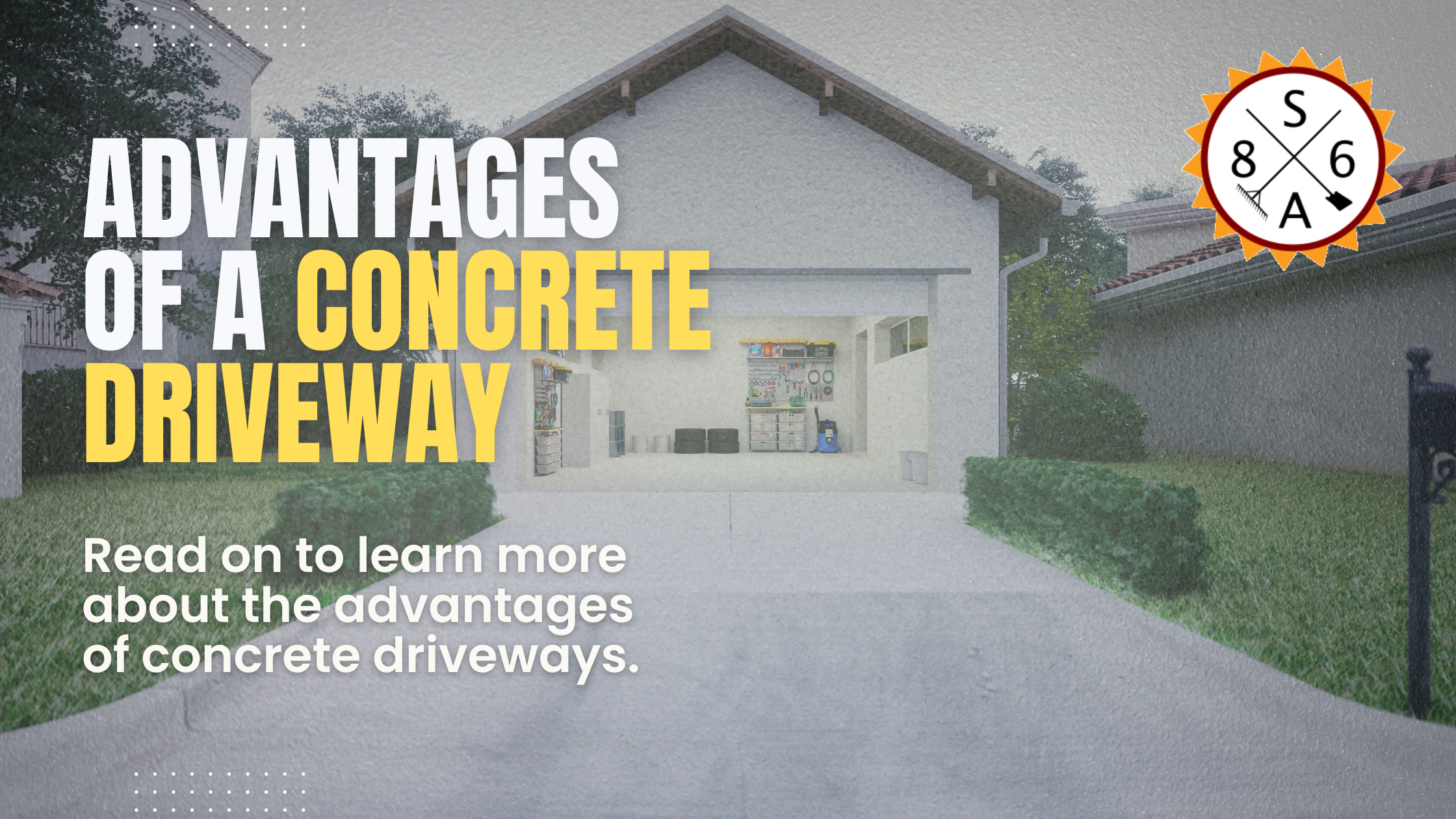
Sep 30, 2022 | Construction
There are many types of driveways, from gravel to cobblestone and even asphalt. However, concrete driveways are the most popular, and for good reason. Concrete driveways offer numerous benefits that other types of driveways can’t match. They are low maintenance,...
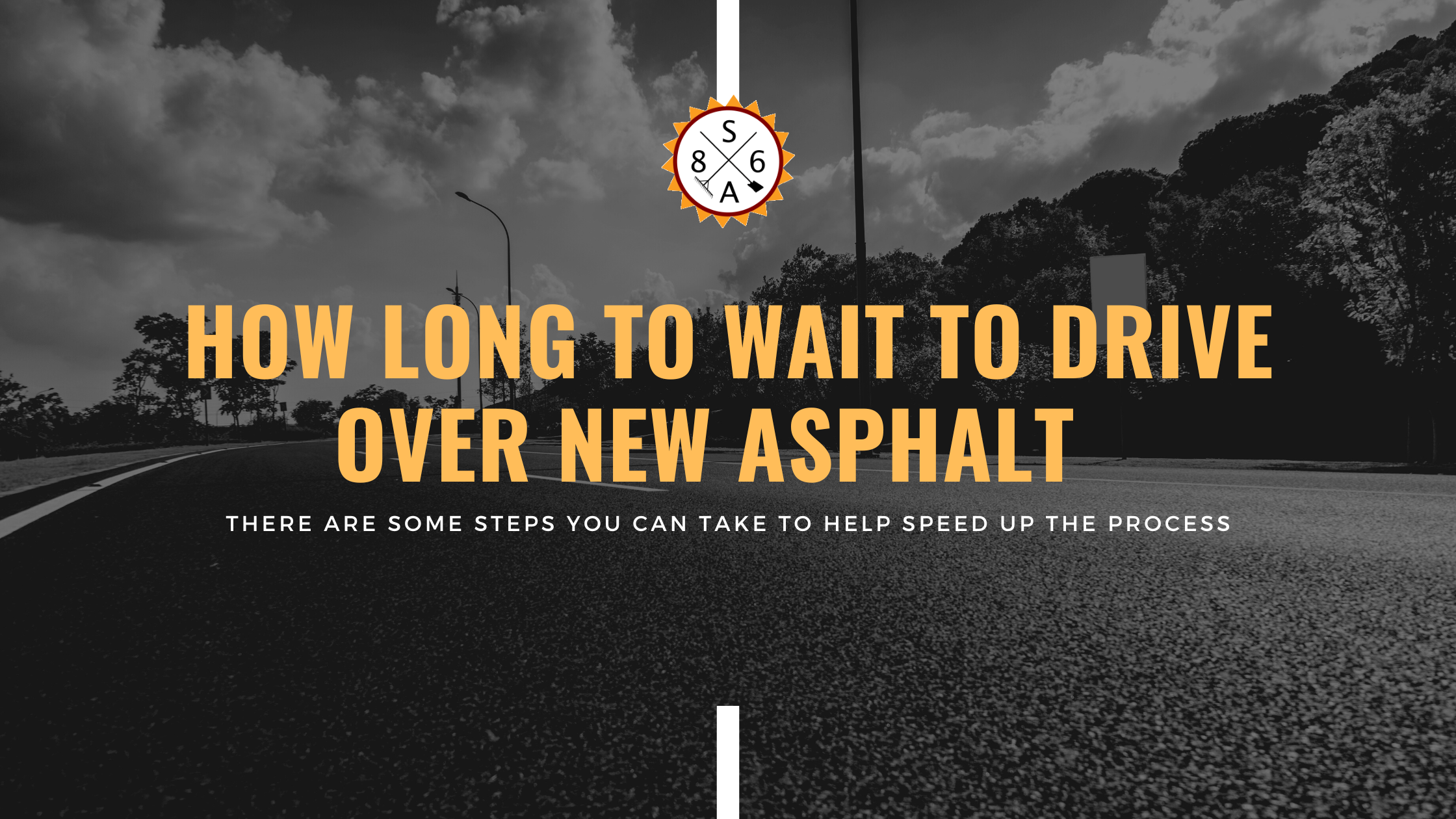
Sep 16, 2022 | Asphalt Paving
There is nothing like driving on a smooth new asphalt surface. Even though it is hard to do, you have to be patient and wait before you can use it. There are some steps you can take to help speed up the process. Continue reading to find out more information. Can I...
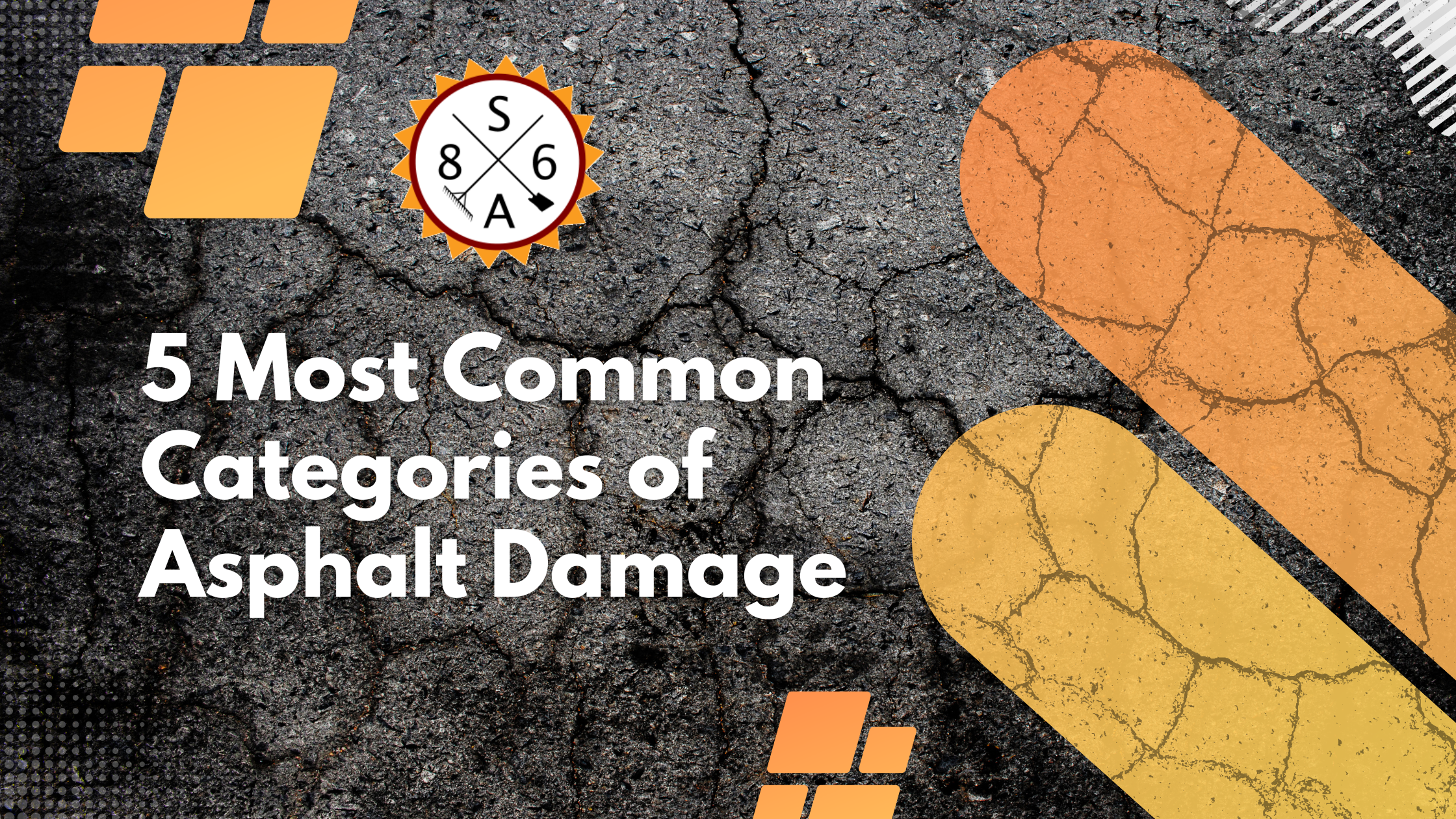
Aug 26, 2022 | Asphalt Paving
Asphalt is known for being one of the most versatile pavement materials. Most people choose asphalt for its durability, and you might also enjoy how smooth the material looks on large surfaces. While asphalt parking lots and other types of surfaces should last...
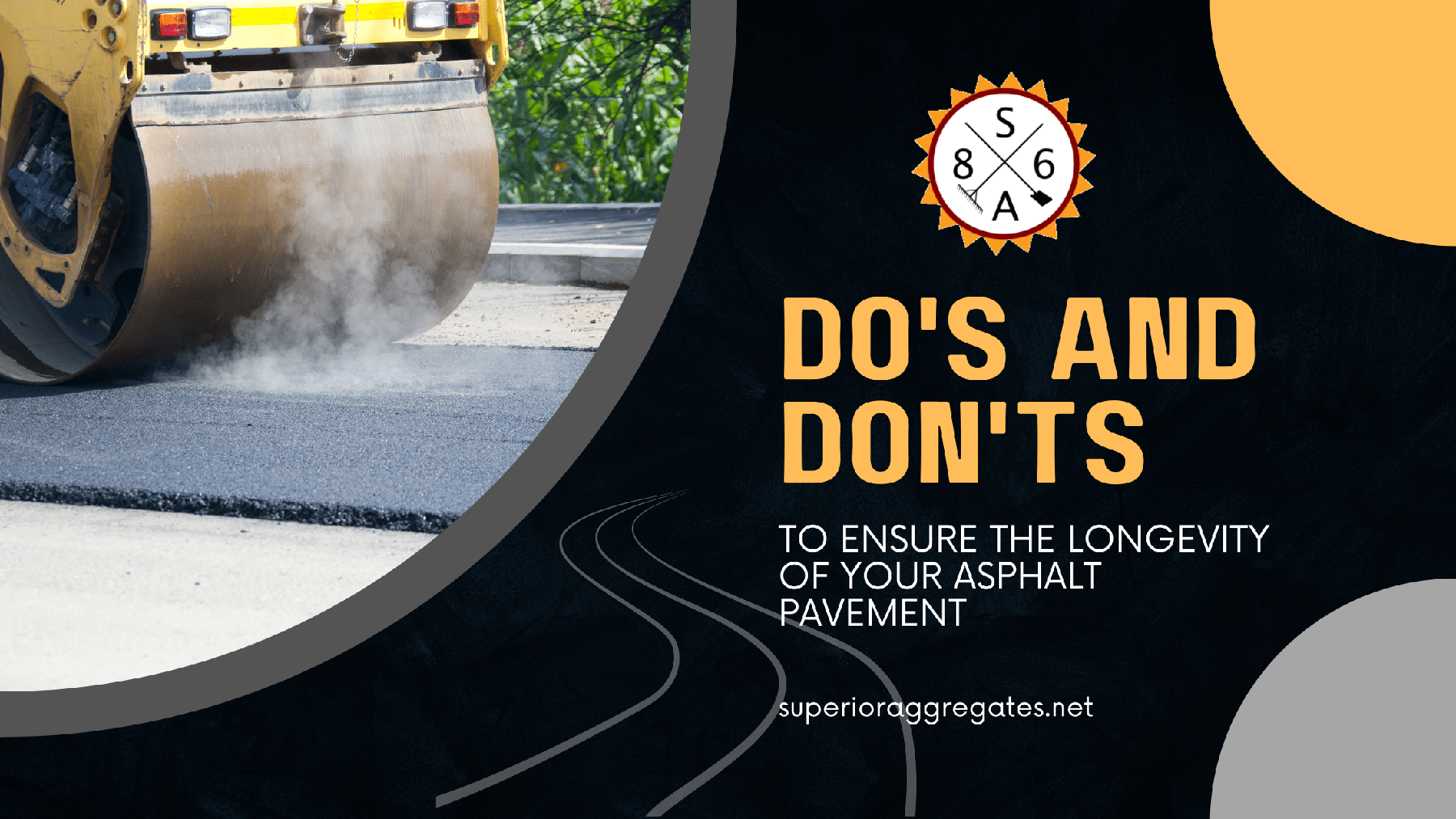
Aug 18, 2022 | Asphalt Paving
There’s nothing like a fresh coat of asphalt pavent to make your property or business look inviting and taken care of. You want to keep that look for as long as possible, and that means taking proper care of the material immediately after the asphalt contractors...









